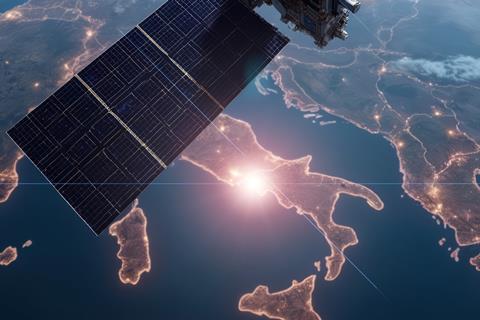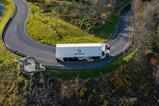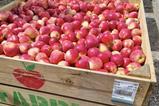Company hails ‘revolution’ in management of vine disease moria, based on new remote sensing techniques combined with historical data

Data harvested by satellites are helping to spot the early signs of trouble and speed up efforts to combat disease in Zespri’s Italian kiwifruit orchards, it has emerged.
At a meeting in Rome attended by Italy’s minister of agriculture Francesco Lollobrigida and New Zealand ambassador Jackie Frizelle, representatives from the company spoke about technological advances that promise to boost a sector which has suffered considerably in recent years but remains a vital part of the Italian fruit business.
Top of that list of advances is Zespri’s remote sensing project, which combines historical data with new information collected via satellite to provide real-time analysis of an orchard’s condition.
“We’re now utilising satellite technology to scan the orchards and recognise vine health,” explains Nick Kirton, executive officer of Zespri Global Supply, who attended the meeting. “It can look at the health of the leaves and we’ve got a software overlay on it [to show us] which parts of the orchard are stressed, so we can now provide that to the grower.”
Italy’s kiwifruit production has reportedly decreased by around one-third in recent years as a result of the bacterial disease Psa and the physiological disorder Kiwifruit Vine Decline Syndrome – known locally as moria – both of which tend predominately to affect the green Hayward variety.
The use of satellite imaging is a gamechanger, Kirton argues. “It’s been a complete revolution around how we deal with moria, because in the last ten years, we’ve been digging into the soil to see the health of the roots. Now we’ve flipped that around and we’re looking from above, which gives us a quicker picture.”
For growers, the major challenge with moria is that an affected kiwifruit plant looks fine to the human eye until it collapses. “So we have every SunGold orchard in Italy mapped out and they can look at that and assess where they’re going, where they need to place attention,” Kirton adds. “This now gives us an instantly accessible look over all the orchards, and we can talk to the grower instead of digging a hole.”








